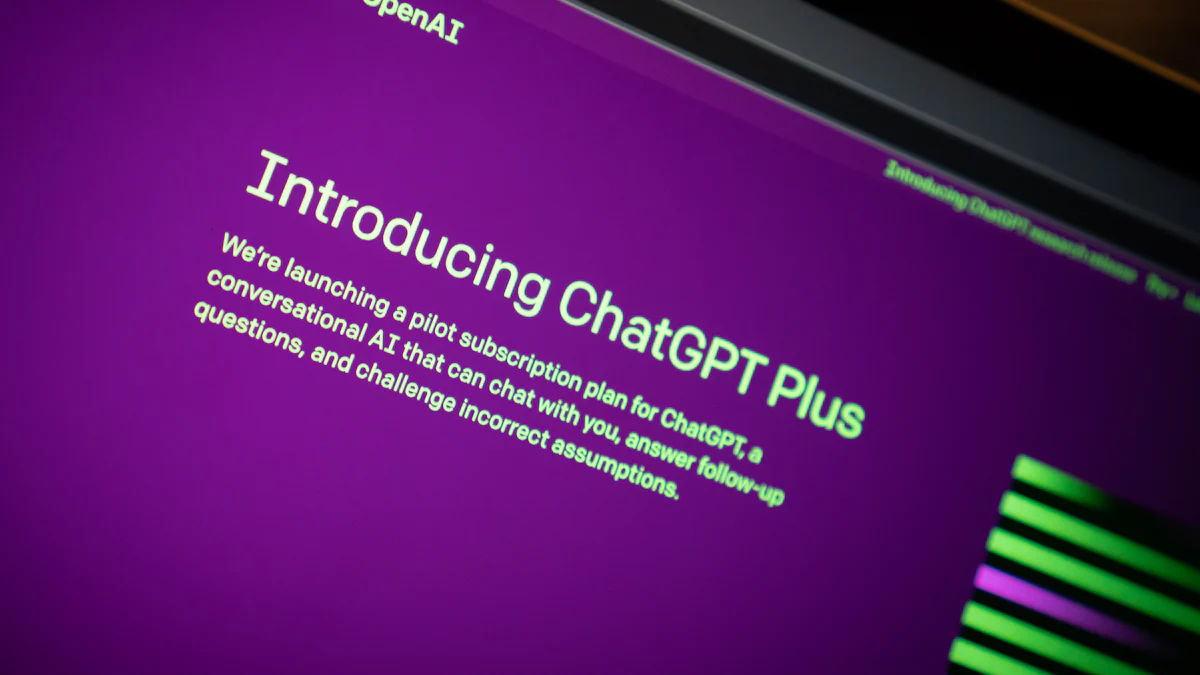# Introduction to RAG Applications (opens new window)
In the realm of AI, RAG applications stand out as powerful tools that merge retrieval and generation processes (opens new window) to enhance information processing. Retrieval-Augmented Generation (opens new window) (RAG) fundamentally improves efficiency by offering data-driven insights and recommendations, crucial in fields like healthcare, finance, and law where precision is key. This technology streamlines complex processes, reducing time spent sifting through vast amounts of data.
OpenAI (opens new window) and Hugging Face (opens new window) play pivotal roles in advancing RAG capabilities. OpenAI empowers cutting-edge AI models with its innovative solutions, while Hugging Face contributes significantly to the AI community by providing access to a rich repository of models and datasets. Together, they drive innovation and accessibility in the AI landscape.
RAG's impact extends beyond efficiency; it democratizes AI (opens new window), fostering innovation (opens new window) and scalability across industries. Its real-time data access capabilities make it a game-changer in the AI industry, promising advancements in accuracy and speed.
# Step 1: Understanding RAG Applications
In the realm of AI, RAG applications revolutionize information processing by seamlessly integrating retrieval and generation processes. The Retrieval Component acts as a knowledge seeker, sifting through vast data repositories to pinpoint relevant information swiftly. On the other hand, the Generation Component serves as a creative powerhouse, crafting personalized responses based on the retrieved data in real-time.
# Examples of RAG Applications in Real Life
# Chatbots and Virtual Assistants
One practical application of RAG technology is evident in chatbots and virtual assistants. These AI-driven tools leverage RAG to provide accurate and contextually relevant responses to user queries. By combining retrieval for information gathering and generation for response creation, chatbots offer seamless interactions, enhancing customer service efficiency.
# Content Creation (opens new window) and Summarization Tools
Content creation platforms benefit significantly from RAG's capabilities (opens new window), enabling swift generation of tailored content. By accessing real-time data sources (opens new window), these tools ensure that the produced content remains up-to-date and relevant to the target audience. RAG streamlines the content creation process, offering solutions that cater to diverse industries like marketing, journalism, and academia.
Utilizing Retrieval-Augmented Generation technologies enhances language models' responsiveness by incorporating current and pertinent information into their outputs. This approach not only boosts efficiency but also ensures that responses are dynamic and reflective of real-time data sources.
List:
Retrieval Component: Finds relevant information.
Generation Component: Creates personalized responses.
Chatbots utilize RAG for accurate interactions.
Content creation tools benefit from RAG's real-time capabilities.
# Step 2: Getting Started with OpenAI and Hugging Face
Embarking on your journey to delve into the realms of OpenAI and Hugging Face marks the initiation of a transformative experience in building cutting-edge RAG applications. Before diving into the intricacies of these platforms, it's essential to set up your development environment meticulously.
# Setting Up Your Development Environment
To kickstart your RAG application development, you need to ensure that you meet the necessary requirements for seamless progress. Installing Python as the primary programming language is imperative, along with essential libraries like NumPy and TensorFlow for robust model implementation. Additionally, integrating tools such as Jupyter Notebook for interactive coding sessions can enhance your development workflow significantly.
Exploring the APIs offered by OpenAI and Hugging Face unveils a treasure trove of possibilities for enriching your RAG projects. Understanding OpenAI's capabilities (opens new window) allows you to leverage state-of-the-art models like GPT-3 (opens new window), empowering your applications with advanced natural language processing functionalities. On the other hand, delving into Hugging Face's vast collection of models and datasets provides a diverse range of options to tailor your RAG application according to specific requirements.
# Requirements for Building a RAG Application
Before embarking on your RAG application development journey, ensure that you have a stable internet connection to access APIs seamlessly. Moreover, having a basic understanding of machine learning (opens new window) concepts can expedite the learning curve when working with complex AI models.
# Installing Necessary Libraries and Tools
Ensuring that you have Python installed on your system is crucial for developing RAG applications effortlessly. Utilizing package managers like pip can simplify the process of installing essential libraries such as transformers and tokenizers required for interfacing with OpenAI and Hugging Face APIs.
# Step 3: Building Your First RAG Application
# Designing Your RAG Application
When envisioning your RAG application, meticulous planning of its functionality and user experience is paramount. By structuring a seamless user interface and defining the core features, you ensure an intuitive interaction for users. Consider incorporating personalized recommendations and swift information retrieval to enhance user engagement.
Choosing the right models and datasets is a critical decision in RAG application development. Opt for models that align with your project's scope and complexity, ensuring they can handle the data intricacies effectively. Select datasets that offer diverse sources of information to enrich the generation process and provide accurate responses.
# Implementing and Testing Your RAG Application
Embarking on the implementation phase involves coding the retrieval and generation components meticulously. Integrate retrieval mechanisms that swiftly fetch relevant data, optimizing response accuracy rates (opens new window). Simultaneously, focus on refining the generation aspect to craft tailored responses based on retrieved insights.
Debugging plays a vital role in ensuring your RAG application functions seamlessly. Identify and rectify any errors or inconsistencies within the codebase to guarantee optimal performance. Through rigorous testing procedures, validate the application's responsiveness and accuracy (opens new window), addressing any discrepancies promptly.
